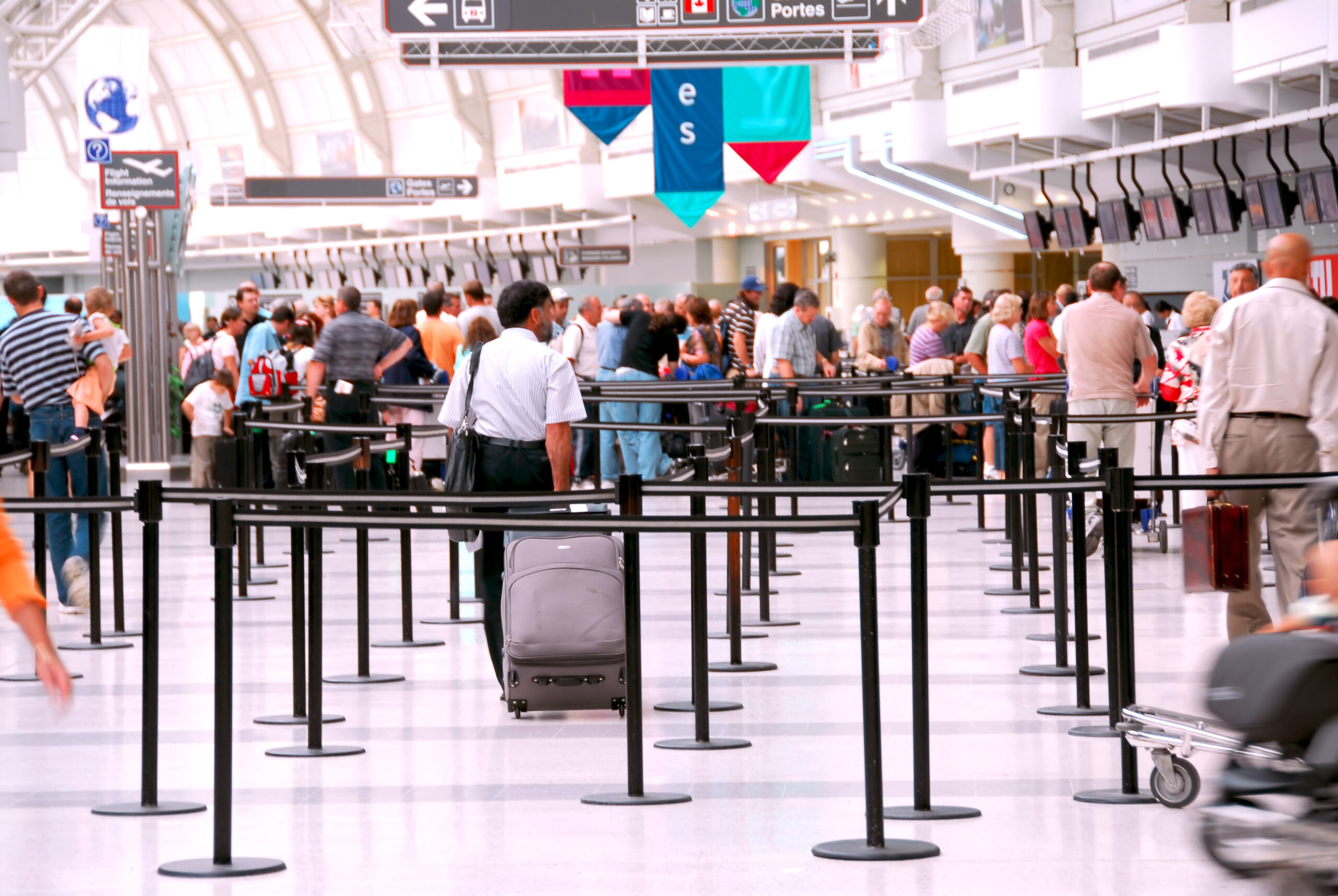This article was originally posted by FacilityManagement.com
The Olympics and Paralympics are celebrated worldwide every two years, bringing millions of people together to admire the world’s best athletes and learn about the countries and cultures that host and contribute to the Games’ history. But alongside the celebrations of the Olympics are their environmental impact, which is more and more becoming a point of criticism and contention. With hundreds of thousands of people flying in from all over the world to watch, and many millions more watching on TV or online, every hosting city – including Paris this upcoming summer – constructs incredible arenas that dazzle spectators and challenge the world’s best athletes.
But this can come at the risk of impacting the local populace and ecosystem in the short- and long-term. At the most recent 2022 Winter Olympics, Beijing built a brand new ski resort in its dry, arid climate, using diverted water sources to create artificial snow, which could impact nearby farming communities for as long as the resort operates. The upcoming 2026 Winter Olympics in Cortina are similarly raising concerns about how the installation of ski lifts and slopes could affect its mountainsides in the long term.
Beyond the creation of new arenas are logistical energy issues stemming from the immense increase in lodging for athletes and visitors. The Olympics only take place in summer and winter, creating higher energy needs for heating and cooling. Host cities need to ensure tourists and residents are safely comfortably housed, and that neither extreme temperatures nor energy failures impact athletes’ once-in-a-lifetime competitions. In recent years, Paris has faced extreme summer heat waves, so organizers will have to take extra care to conserve as much energy as possible while providing ample cooling across the city.
To turn around the Olympics’ reputation and propel a legacy of environmental stewardship, Paris is prioritizing sustainable construction and efficient energy for next year’s Games. By leveraging smart technology in its new construction and retrofits, Paris will set the stage for a historic competition while also future-proofing its infrastructure for low-carbon, sustainable life in the years to come.
How Smart Technology Can Create Safe, State-of-the-Art Arenas for Competitors & Spectators
Ninety-five percent of Paris’ Olympic arenas will be created from existing or temporary spaces – the only new, permanent structure will be the Aquatics Centre for swimming events. This means Paris will have an opportunity to take some of its most historic buildings and upgrade them with modern technology so they’re ready to host thousands of visitors during anticipated peak temperatures without impacting the power grid for the rest of the city.
The Grand Palais, for example, is a 123-year-old building known for having the largest glass roof in Europe. The building has a renowned history of sporting exhibitions, but because of its unique roof it is known to become particularly warm indoors in the summer months. This could pose a problem for the Paris games, as this arena will host the fencing and taekwondo competitions – sports where both competitors wear specialized gear that covers their body and face (in the case of fencing), so they need to be kept from overheating. But thousands of different variables will impact the arena’s temperature – the time of day, weather conditions, the number of spectators inside and their distribution around the seating area are just some of those factors, which will all change minute by minute.
Automated temperature controls would be an important upgrade for the Grand Palais so that athletes can perform in optimal conditions and keep spectators safe. Using sensors throughout the arena would gauge temperatures across its 72,000 square meters of floor space, gathering a holistic view of temperate conditions as they fluctuate.
These smart technologies, used not just in the Grand Palais but other arenas where indoor air and water temperatures can significantly impact athletic performance and spectator comfort, would make sure Paris is prepared to host even in severe heat conditions.

Future-Proofing Olympic Buildings Will Prepare Paris for Climate Change
The Games are the perfect opportunity for Paris, and all future host cities, to make their structures resilient to climate change while minding the needs of residents and preserving the city’s cultural heritage. Paris is looking to set that example eight years after it was the eponymous site of the Paris Climate Agreement, where signing members agreed to work toward limiting global warming to 1.5 degrees Celsius by dramatically reducing carbon emissions.
One way Paris can accomplish this during and after the Olympics is by using the construction and renovation process as an opportunity to improve carbon emission measurements across the city’s buildings. While some of the Olympic buildings will live on as sports arenas, some areas, like the Athletes’ Village, will become a residential and commercial neighborhood with 2,800 residential units, offices, shops, schools and more. Sustainability is already being designed into the Village – organically sourced materials will minimize the carbon output of its development, and plants will be abundant to promote biodiversity. The urban planning behind this project will help create natural cooling systems that minimize the need for electric cooling.
Even with these eco-friendly designs in place, technology can help these structures fulfill their built-in features during the Olympics and for years beyond. During the Games, for example, the thousands of athletes residing there will be following strict routines outside of the Village as they prepare for competition, and they’ll be celebrating their successes afterward at the Village or on the Parisian streets. Energy usage may be sporadic and unpredictable, and laser-focused athletes may forget to do simple things when they’re leaving like turn off the lights or close windows. The installation of smart technology could help optimally manage the Village so that energy isn’t wasted in unoccupied rooms – lights could be automatically turned off, blinds drawn to preserve the naturally occurring cool temperatures of the day, and more.
Automated energy and emissions tracking software would also help facilities teams in the long term understand the buildings’ long-term sustainability and operability. Even with the Village’s mindful design for climate changes, technology can keep an eye on its energy usage and carbon emissions to detect any anomalies in real-time. With Paris’ commitment to the Climate Agreement, the use of this type of technology would help ensure that its residents are living and working comfortably without compromising its journey to net zero emissions.
Smart Technologies Will Help Host Cities Create a Sustainable Legacy
The Olympic and Paralympic Games are a cornerstone of global collaboration and human achievement. From Paris 2024 and onward, these values should always translate into creating cities that utilize modern tools for sustainable living without compromising buildings’ cultural heritage. The future of the Olympics will be dependent on smart buildings that minimize the human impact of travel and tourism, while maximizing the potential for life-changing, record-breaking athletic performance. By utilizing smart technologies, future host cities will be well prepared for weeks of tourism – and after that, decades of sustainable city development.



